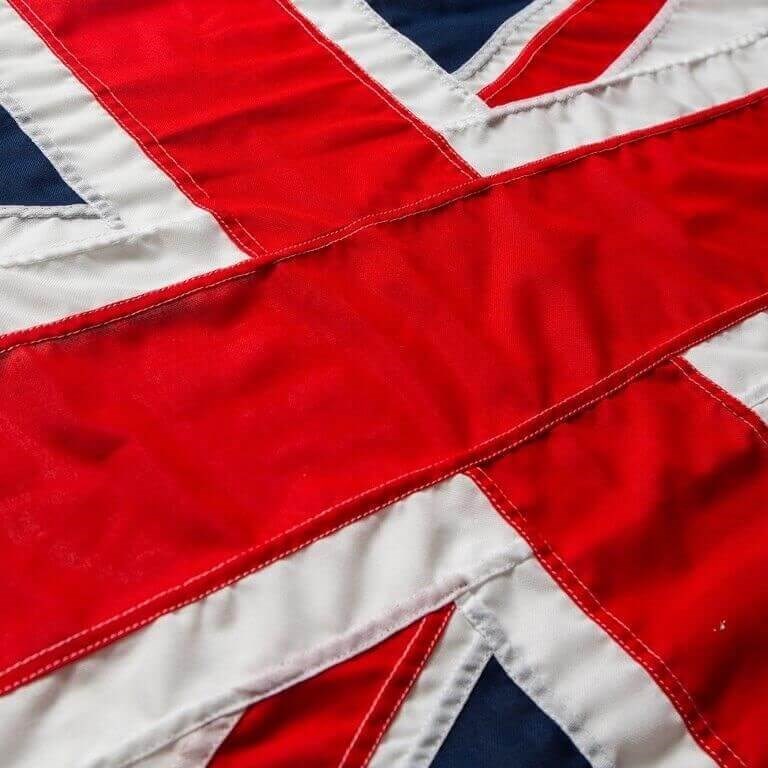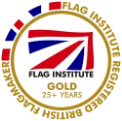Our Aruba flags are produced in the traditional 2:1 ratio used for National flags in the UK so this flag will match others of the same size if you are flying several flags together. We use a MOD grade Knitted Polyester which has been tested for its durability and suitability for production of flags.
Trivia
Technical Specifications
| Adopted |
|
|
|---|---|---|
| Proportion | 2:3 | |
| Design |
|
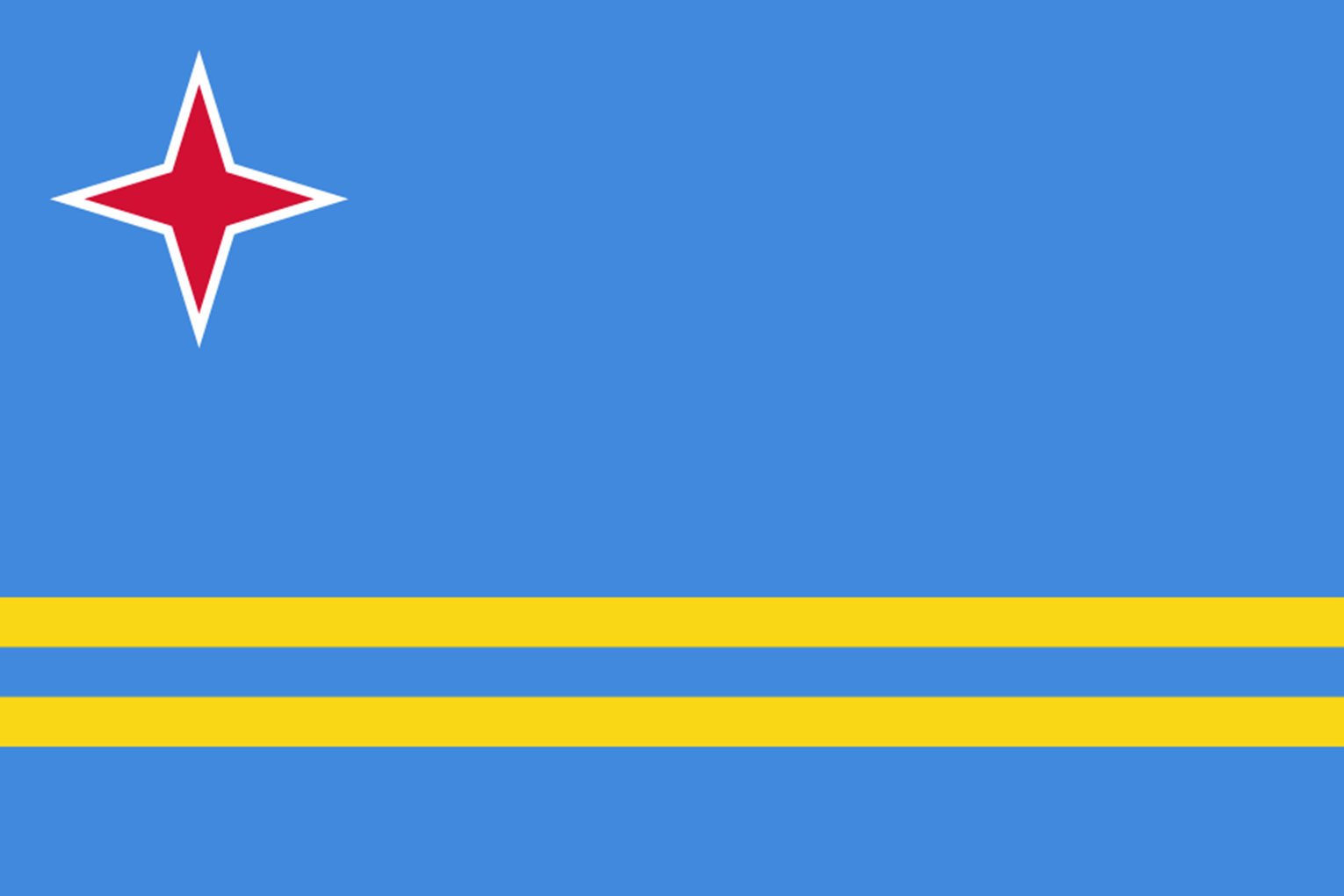
Brief History
In the early 16th century the Spanish colonised Aruba and the flag of the Spanish Empire was flown, this flag was the cross of Burgundy. In 1639 Aruba became under Dutch administration and the red, white and blue horizontal tricolour was used. In 1815 Aruba became part of the colony of Curaçao and Dependencies under the same Dutch flag, however in 1949 the country became an autonomous state within the Kingdom of the Netherlands.
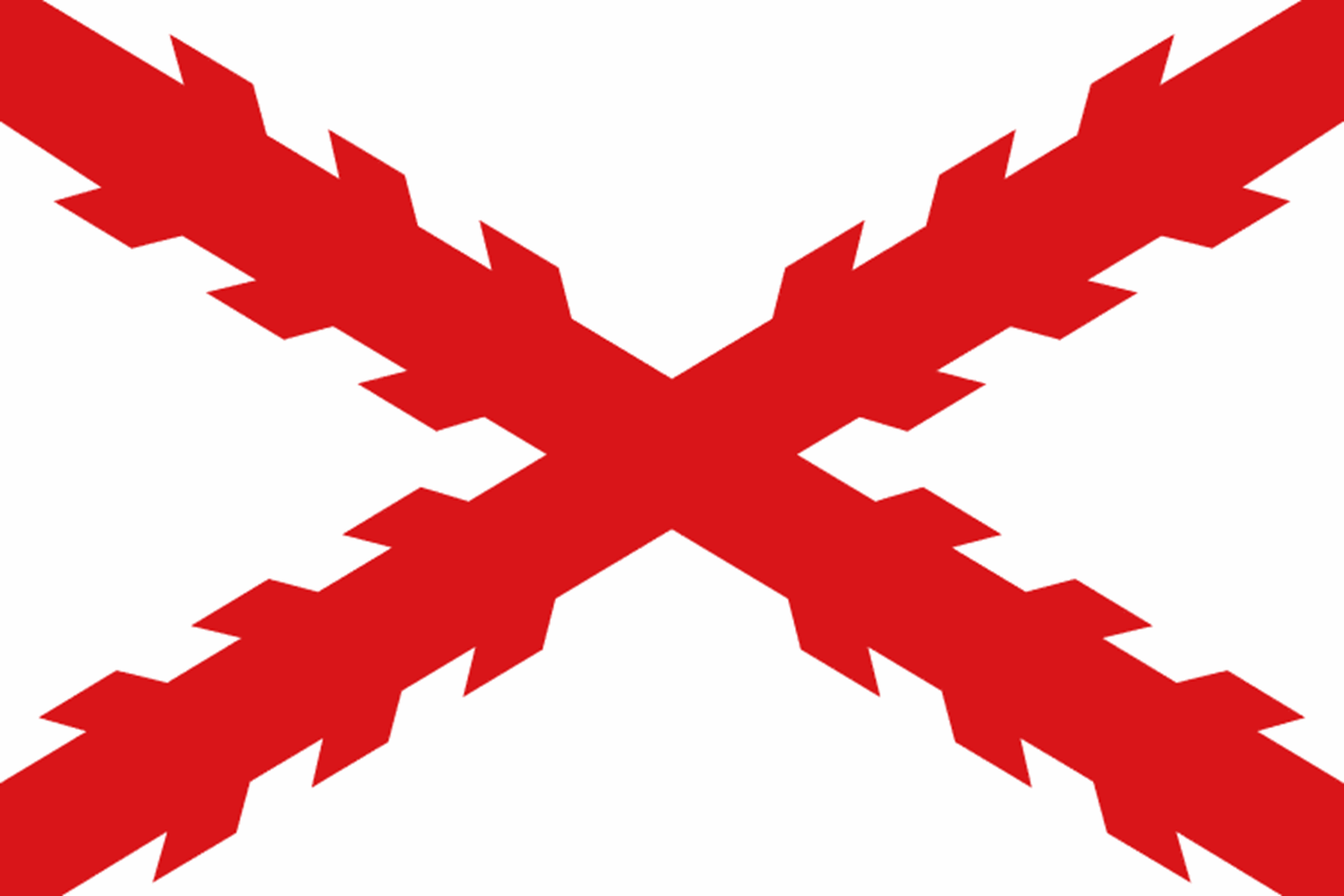
The Flag of the Spanish Empire
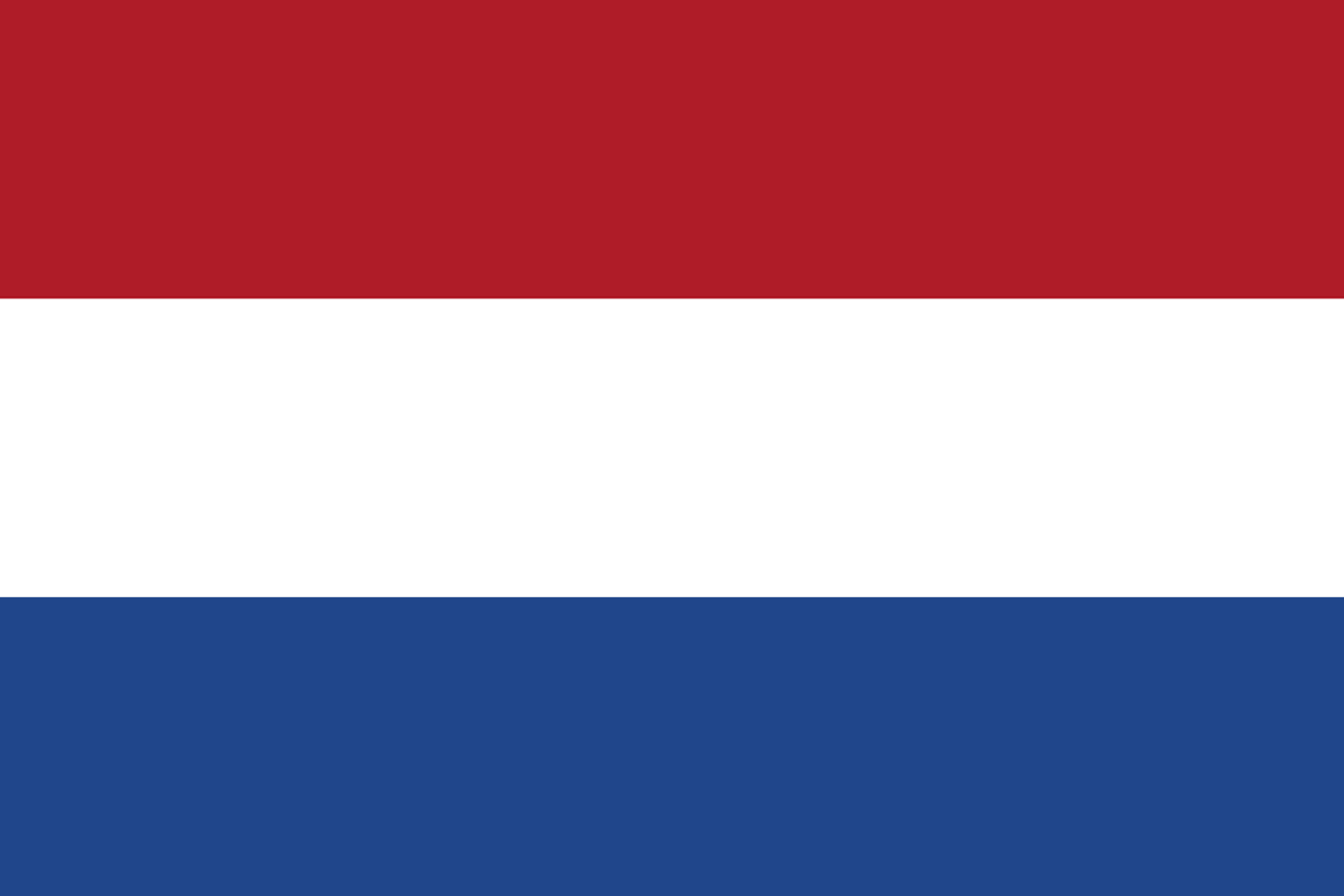
The Flag of the Dutch Empire
On the 19th November 1959 Aruba became a member of the Netherlands Antilles and its flag became a white field that featured a centred vertical red strip and horizontal blue stripe. At centre of the flag are six white, five-pointed stars that represent Aruba, Bonaire, Curaçao, Saba, Sint Eustatius and Sint Maarten.
It wasn’t until 1976 that Aruba had its own flag. It is a sky blue field with two narrow yellow stripes in the lower half and a four-pointed red star with white border in the top left hand side.
There are many symbolic meaning to this flag. The blue field is said to represent the sea, peace, hope, the sky and Aruba’s past and future. The yellow stripes represent the industrial mineral of it’s past. The red-four pointed star represents the island, the blood of the Arubans during the French war and patriotic love.
The national flag day was chosen to be March 18th as this was the date Aruba became an autonomous state. In 1986 Aruba became independent from the Netherland Antilles but still hasn’t gained full independence and is still a state within the kingdom of Netherlands.
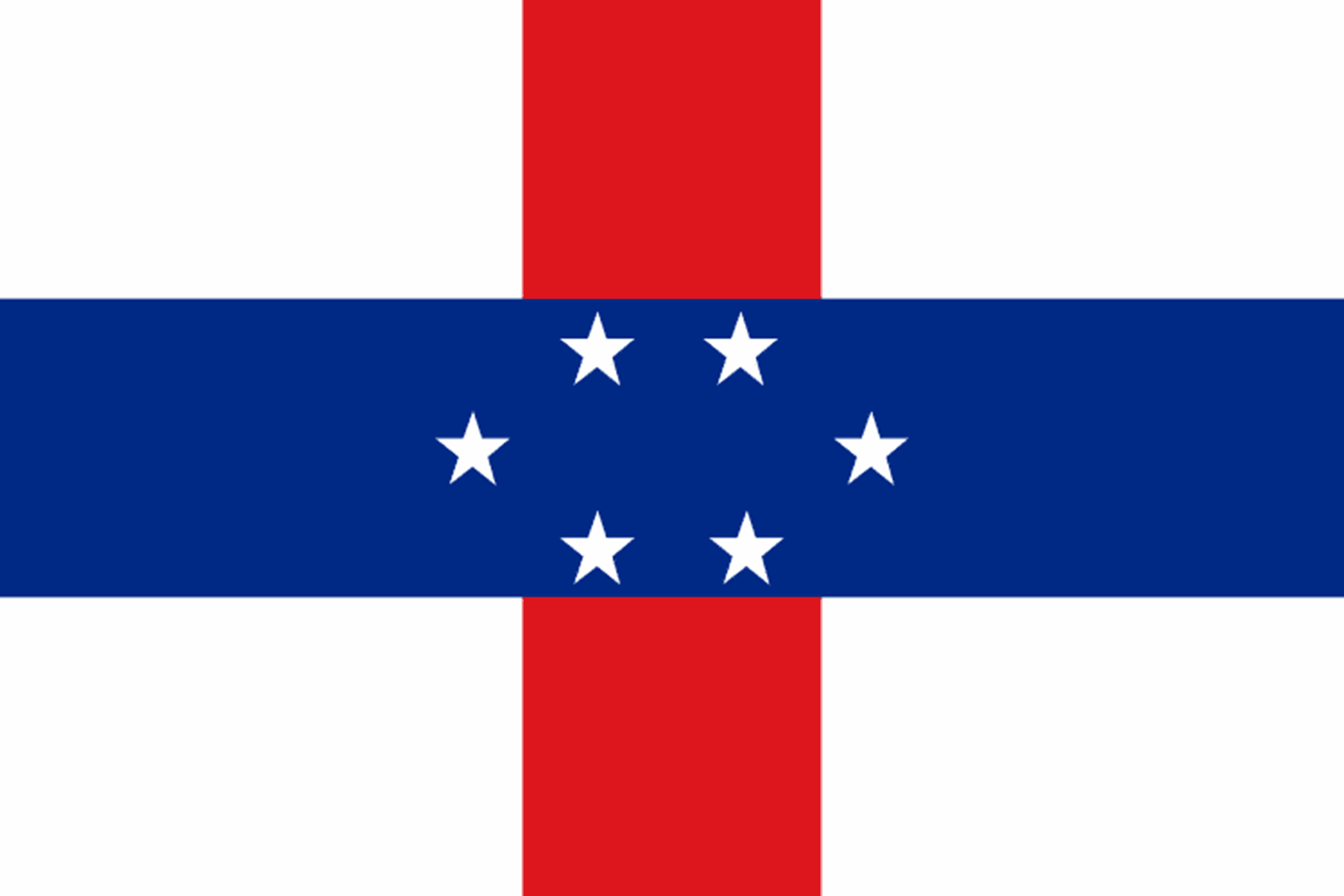
The Flag of the Netherlands Antilles (1954 to 2010)

The Flag of Aruba (1976 to Present Day)
The Coat of Arms of Aruba
The Coat of Arms of Aruba was adopted in 1955 and It features a shield broken into quarters with a white cross.
In the top left hand quarter is an aloe plant, to the right is Hooiberg, this highest hill in Aruba and represents Aruba rising out of the sea.
The lower left-hand portion is a pair of red shaking hands on a yellow background; this represents Aruba’s good relations with the world.
The final lower right quarter is a white cogwheel on a red background to represent industry.
On top of the shield is a red lion, representing power, and underneath is a pair of laurel branches representing peace and friendship.
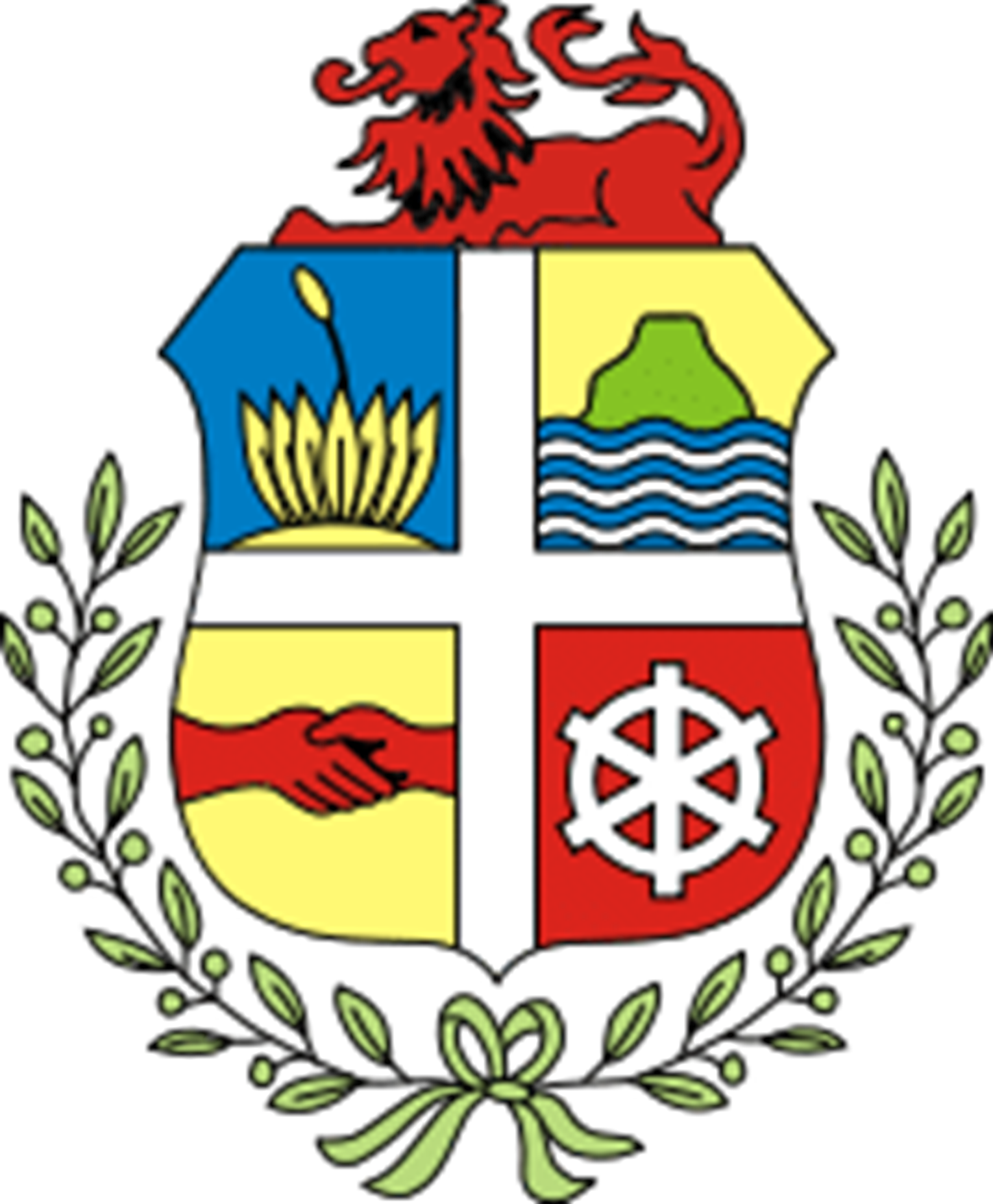
The Governor’s Standard of Aruba
The Governor’s Standard of Aruba features a white field with a circular version of the flag in the centre.
The Flag of the Netherlands is featured as a stripe in both the top and bottom.
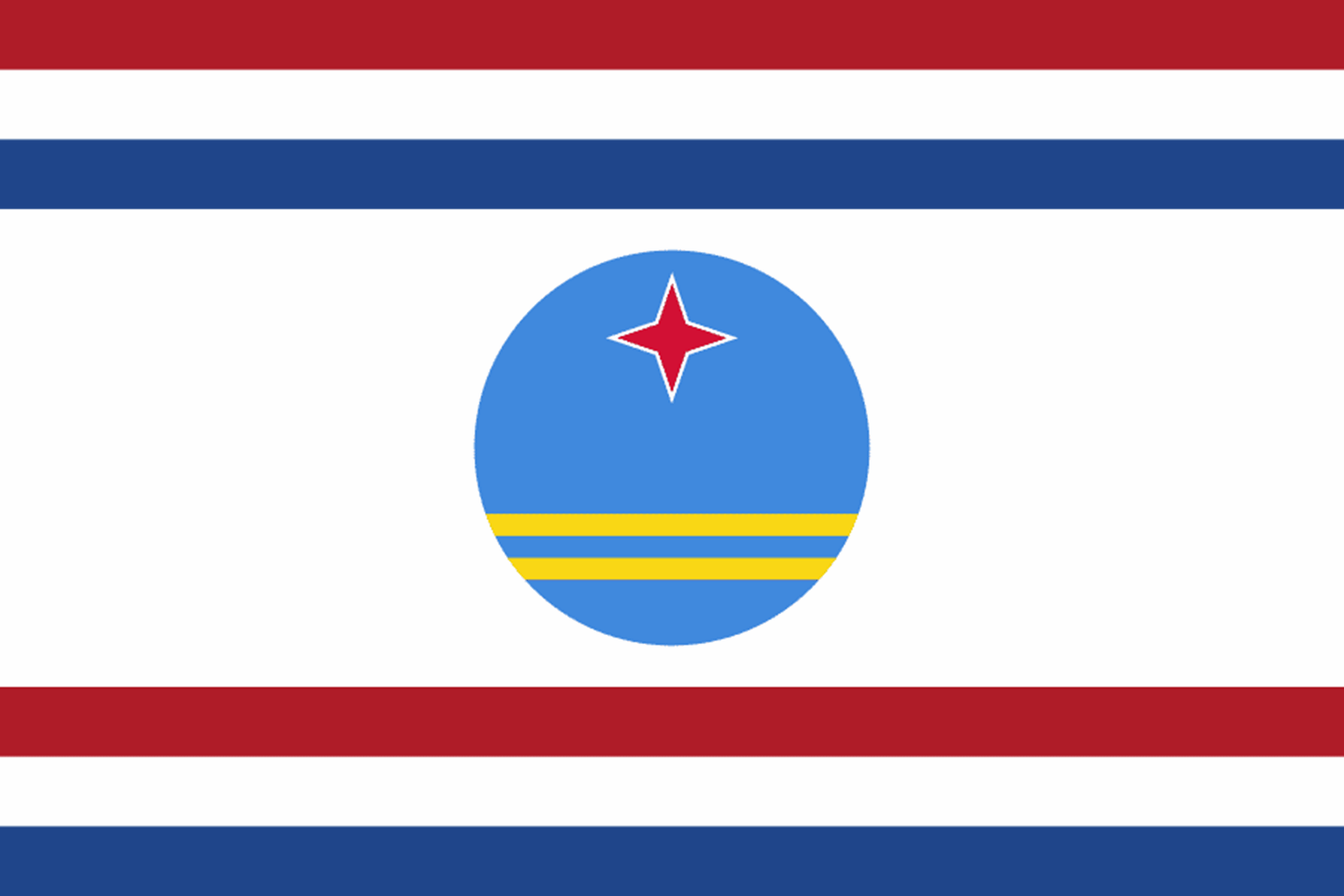
Useful Links
Download Our Brochure
Download our electronic brochure to check out the full range of products we can supply you with.
Download NowContact Us
See a flag you like? We can manufacture any flag design in any size, speak to one of our experts to find out more.
Contact Us
